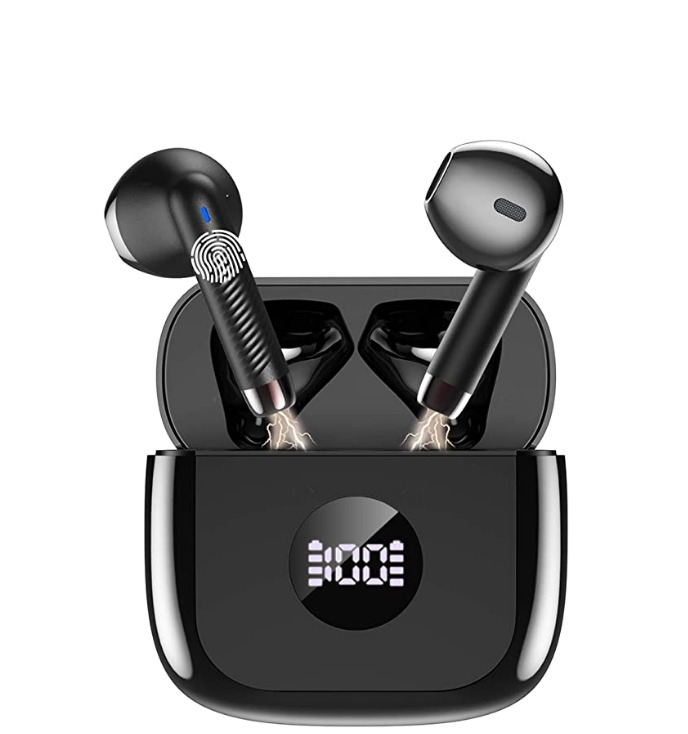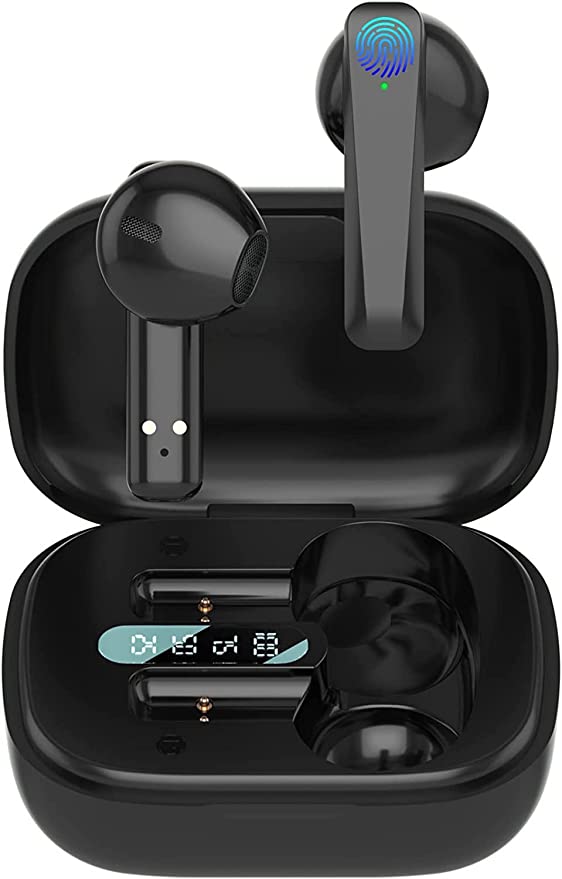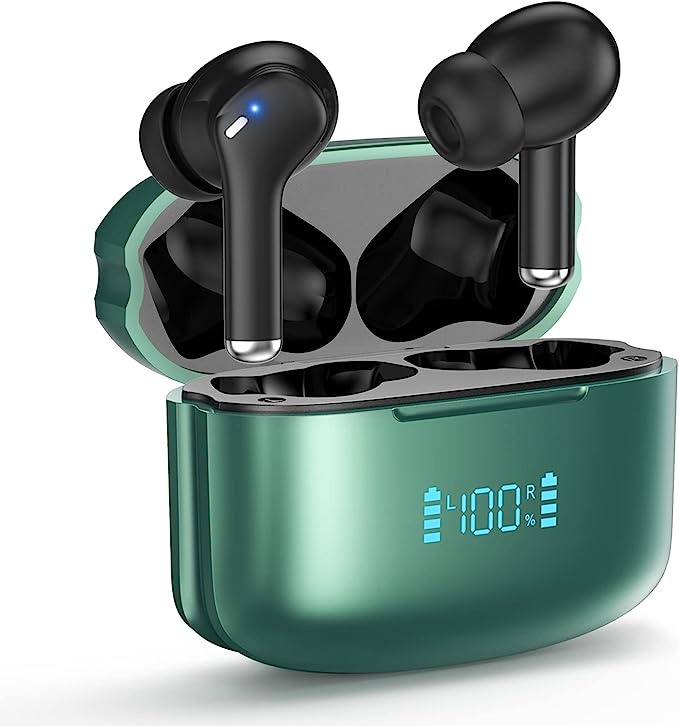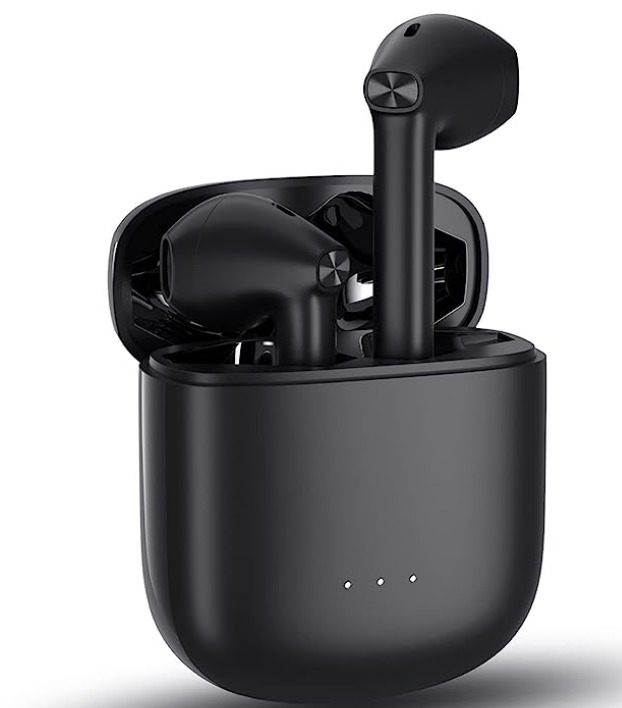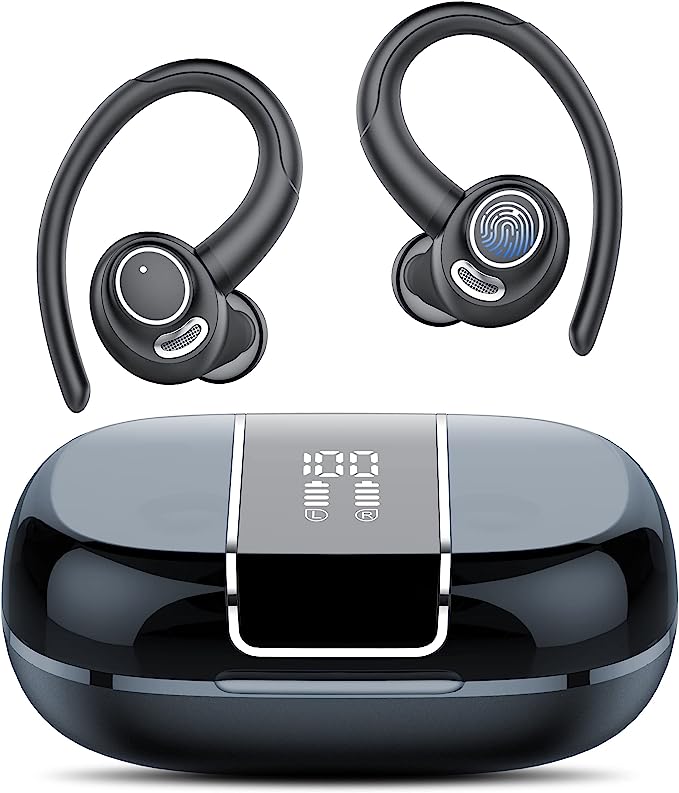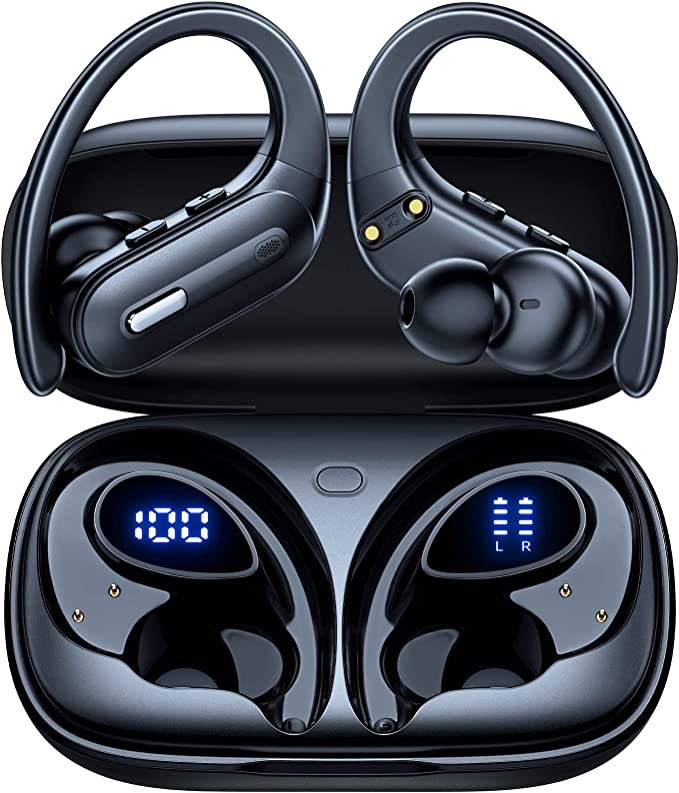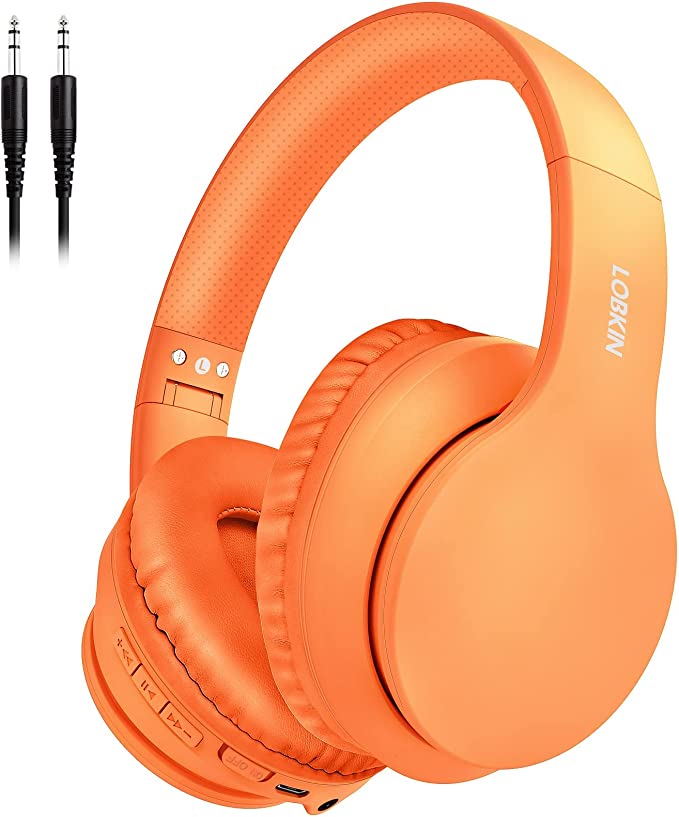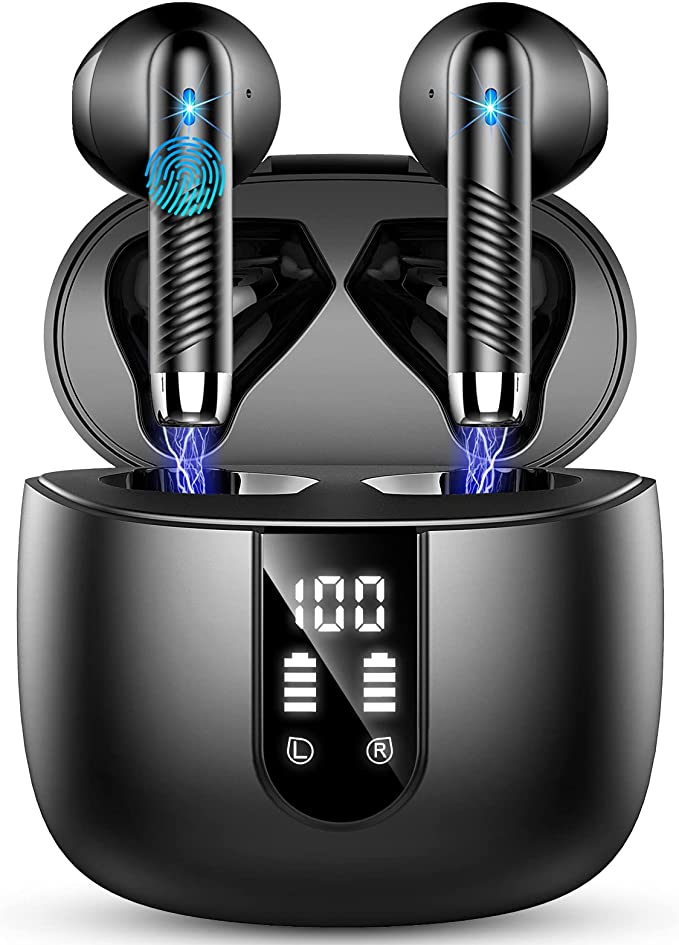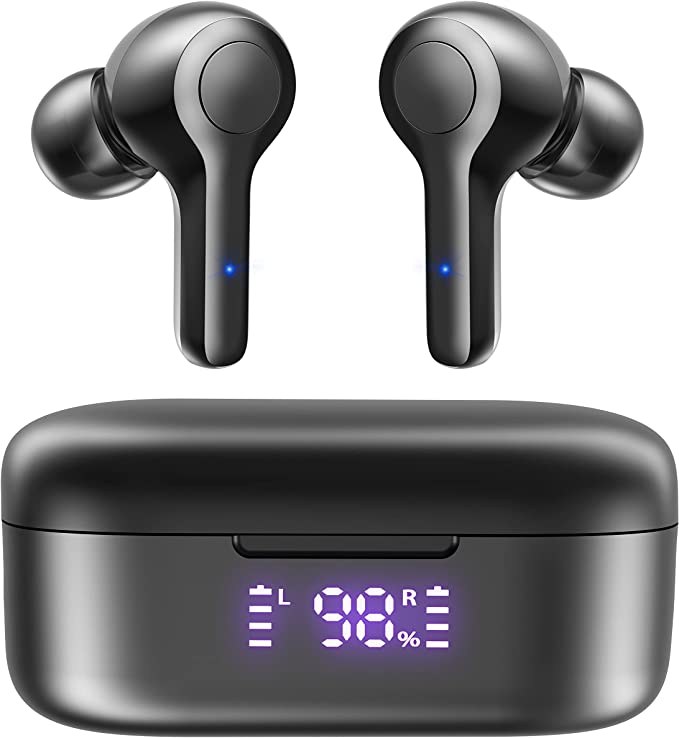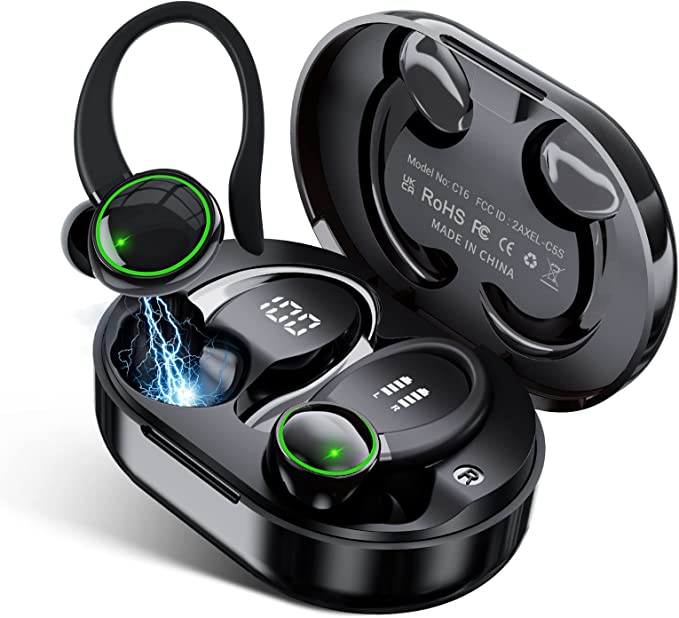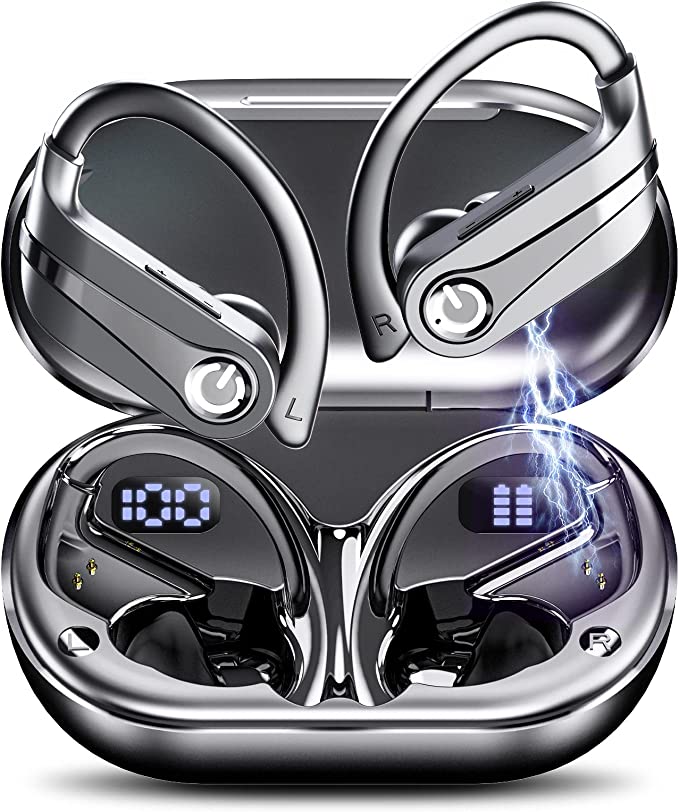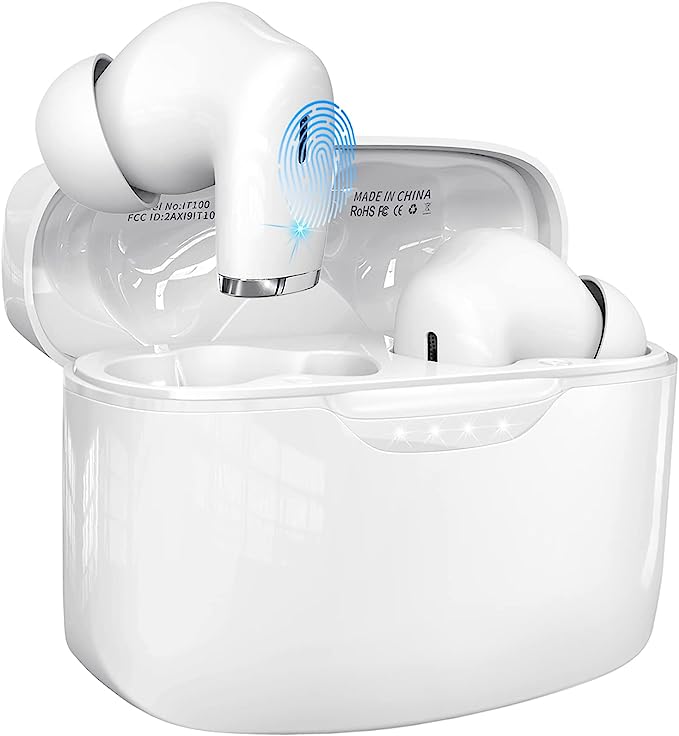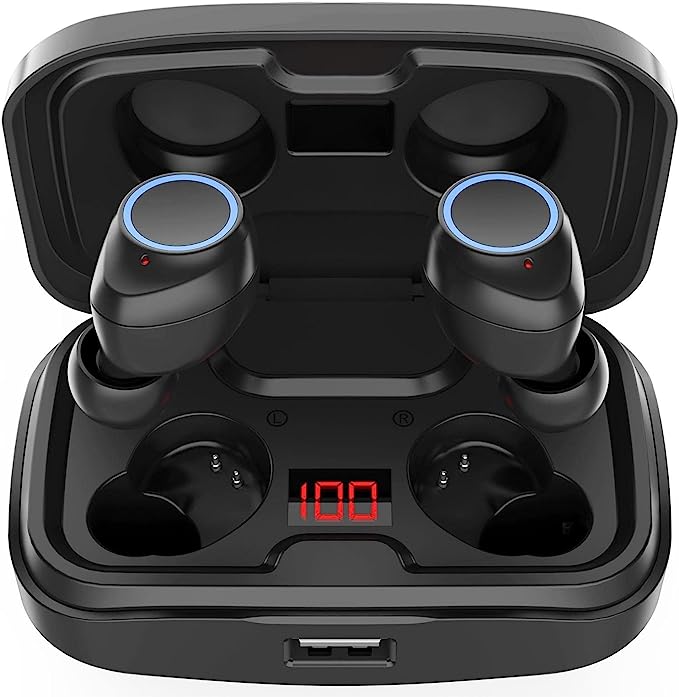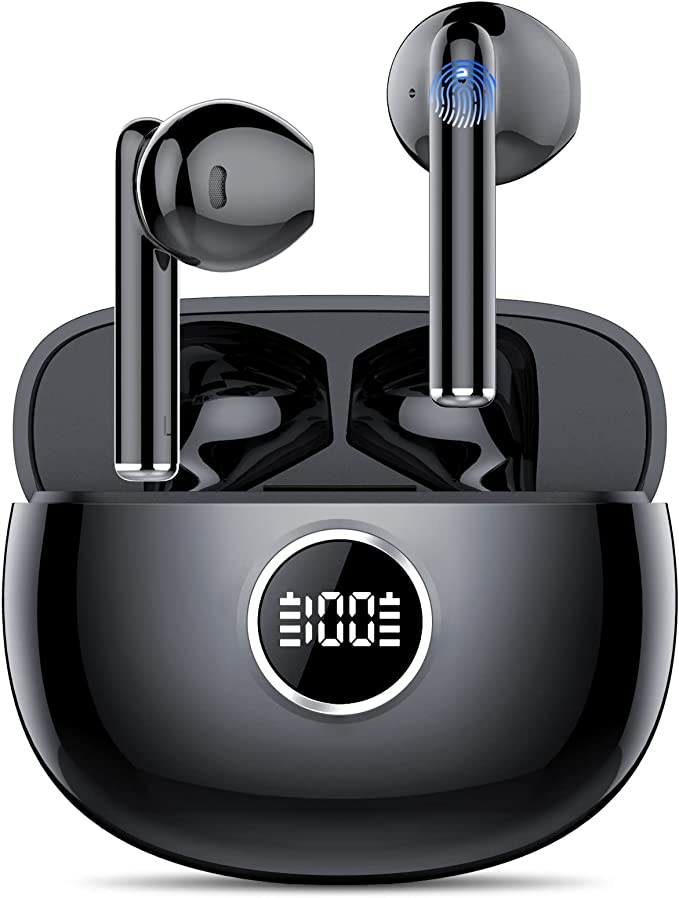Olyre E6 In-Ear Wireless Earbuds: Decoding Clear Calls and All-Day Audio with ENC and Bluetooth 5.3
Update on May 19, 2025, 4:35 p.m.
We live in a world saturated with sound. From the urgent symphony of city streets to the subtle whispers of nature, our ears are constantly engaged. In this auditory landscape, we increasingly seek personal oases of sound – for focused work, immersive entertainment, or simply clear, uninterrupted conversation. It’s a modern marvel how a device as diminutive as a pair of wireless earbuds can house such sophisticated technology, promising to filter, refine, and deliver our personal soundscapes with ever-increasing fidelity and intelligence. Today, let’s embark on a small科技探险 (kējì tànxiǎn - technological expedition), using the Olyre E6 In-Ear Wireless Earbuds not merely as a subject of review, but as a lens through which we can explore some of the fascinating science and engineering that make such everyday magic possible.

The Quest for Clarity: How Four Tiny Microphones Silence the World for Your Voice
Imagine this: you’re in a bustling café, the clatter of cups and a chorus of conversations forming a dense wall of sound. An important call comes through. You answer, but frustration mounts as you struggle to hear and be heard. This is where a technology known as Environmental Noise Cancelling (ENC) steps in, aiming to be the unsung hero of your conversations. The Olyre E6 earbuds, according to their specifications, are equipped with four high-sensitivity microphones dedicated to this very task.
Now, simply having multiple microphones isn’t the whole story; it’s how they work together that counts. Think of it like a highly skilled audio engineer meticulously isolating a solo instrument from an entire orchestra. These microphones form an array, a coordinated team. Typically, one or more microphones in such a setup are positioned to optimally capture your voice (the primary signal), while others are more focused on picking up the surrounding ambient noise. The real “magic” happens within the earbud’s tiny integrated circuit, often a Digital Signal Processor (DSP). This chip runs sophisticated algorithms – think of them as complex sets of instructions – that analyze the incoming sounds from all microphones. By comparing these signals, the system can intelligently differentiate your voice from the cacophony. Technologies like beamforming allow the microphones to create a focused “listening beam” towards your mouth, effectively giving your voice preferential treatment. Simultaneously, other algorithms work to actively reduce the identified background noise, with the Olyre E6 specifications claiming an ability to eliminate a maximum of 35 decibels (dB) of external ambient sound.
To put 35dB into perspective, a quiet library might be around 30-40dB, while a bustling office or a noisy restaurant could easily reach 60-70dB or more. A reduction of 30dB can mean the difference between an unintelligible shout and a clear, calm statement. This isn’t just about loudness; it’s about signal-to-noise ratio – making your voice significantly louder and clearer relative to the noise. The evolution of this technology is fascinating, moving from simple passive physical barriers (like well-fitting eartips) to more active solutions. While Active Noise Cancellation (ANC) primarily aims to quiet the world for your listening pleasure, ENC is laser-focused on ensuring your listener hears you, not the environment around you. For anyone who relies on clear voice communication for remote work, important family calls, or coordinating on the go, effective ENC can transform a frustrating experience into a seamless one. It’s the technological equivalent of finding a sudden pocket of silence in a storm, just for your voice.
The Unseen Handshake: Bluetooth 5.3 and the Dance of Data for Seamless Audio
Our journey from being tethered by wires to the liberating experience of true wireless audio has been remarkable, and at the heart of this revolution is Bluetooth technology. The Olyre E6 earbuds boast Bluetooth 5.3, a more recent iteration of this standard. But what does that “5.3” truly signify for your daily audio experience? Why is this “invisible handshake” between your earbuds and your phone (or other devices) becoming ever more reliable and efficient?
Bluetooth has come a long way since its inception, with each version tackling the inherent challenges of wireless communication: interference, range, data speed, and power consumption. Bluetooth 5.3 builds upon its predecessors with several key enhancements. When we talk about a “stable connection,” it means the earbuds are less prone to those annoying audio dropouts or stutters, especially in environments crowded with other wireless signals (like a busy office or a gym). This is partly achieved through improved channel classification, where the Bluetooth device can more intelligently identify and avoid “noisy” radio channels, hopping to clearer ones more effectively.
“Faster pairing” translates to less waiting time when you first connect your Olyre E6. The “One-Step Pairing” described, where the earbuds automatically connect to each other and then to your phone, is a testament to refinements in the initial connection protocols. Once that initial digital handshake is complete, the auto-reconnect feature – where the earbuds remember and swiftly link to the last connected device upon opening their case – is a small but significant convenience that smooths out daily interactions. You simply open the case, pop them in, and your audio world is ready.
Perhaps one of the most crucial benefits, especially for compact, battery-powered devices, is improved “power efficiency.” Bluetooth 5.3 incorporates features designed to minimize energy consumption during data transmission and idle states. This directly contributes to longer listening times on a single charge, allowing the earbuds themselves to last, as Olyre states, for about 5 hours. This isn’t just about the earbuds playing longer; it’s about the entire system being smarter with its energy budget. While not always explicitly marketed for entry-level earbuds, Bluetooth 5.3 also lays some groundwork for future audio advancements, such as features within the LE Audio specification, which promises even better quality at lower power and new capabilities like Auracast™ broadcast audio. For now, with the Olyre E6, the tangible benefits are clear: a more robust connection, quicker setup, and a helping hand in extending that precious battery life, making your wireless audio experience feel truly untethered and effortless.

Powering the Experience: The Miniature Marvels Inside Your Earbuds and Their Case
The insatiable demand for portability in our gadgets presents a constant engineering puzzle: how do you pack enough power into ever-shrinking devices to keep them running for a useful amount of time? The Olyre E6, like most modern wireless earbuds, relies on tiny lithium-ion batteries, one in each earbud and a larger one in their charging case. These are the unsung workhorses of our mobile lives.
Lithium-ion chemistry has become the dominant choice for good reason. These batteries offer a high energy density, meaning they can store a relatively large amount of energy in a small and lightweight package – absolutely critical for something you wear in your ears. They also generally lack the “memory effect” that plagued older battery technologies (where partially discharging and recharging could reduce overall capacity) and can handle hundreds of charge-discharge cycles. The Olyre E6 earbuds are said to offer about 5 hours of playtime on a single charge. While this can vary based on volume levels and content type, it’s a common figure for devices of this size.
The charging case, however, is where the endurance game really changes. It’s not just a convenient holder; it’s a portable power bank specifically designed for the earbuds. The product description states it extends the total playtime to around 30 hours. This means you could potentially go through several days of typical use – commuting, workouts, calls – before needing to plug the case itself into a power source. When that time does come, the promise of a full recharge for both the earbuds and the case in about 1 hour via a USB-C cable is a welcome feature. This “fast charging” capability is managed by a Battery Management System (BMS) within the case and earbuds. The BMS carefully controls the charging current to replenish the batteries quickly without overheating or damaging them, optimizing both speed and safety.
A small but incredibly practical feature mentioned is the LED power display on the charging case. In the past, knowing how much charge your case had left was often a guessing game. An LED display, typically showing percentage or a series of lights, takes the ambiguity out of the equation. You can glance at it and know if you have enough juice for the day or if it’s time to top up. It’s a simple addition, but it empowers users to manage their device’s energy more effectively, preventing that unwelcome surprise of dead earbuds when you need them most. This entire system – efficient earbuds, a high-capacity case, fast charging, and clear power indication – represents a delicate art of energy management, all miniaturized to fit in your pocket.

The Art of Interaction: Touch, Comfort, and Resilience in Everyday Tech
Beyond the core functions of sound reproduction and wireless connectivity, the true measure of a personal audio device often lies in how it feels to use and wear. Technology should ideally feel like a natural extension of ourselves, intuitive and unobtrusive. The Olyre E6 earbuds incorporate several design aspects aimed at achieving this, from how you control them to how they rest in your ears, and even how they withstand the rigors of daily life.
The “Smart Touch Control” feature is a prime example of this philosophy. Instead of tiny, fiddly physical buttons, many modern earbuds, including these, utilize capacitive touch sensors. These sensors work by detecting the subtle change in electrical capacitance when your fingertip makes contact with the earbud’s surface. It’s the same fundamental technology used in smartphone touchscreens. The Olyre E6, as described, uses simple tap gestures: a single tap for play/pause or answering calls, a double tap for skipping tracks, and a triple tap for volume adjustment. The elegance of this system lies in its seamlessness and the potential for “blind operation” – controlling your audio without needing to look at your device or fumble for a button. It also contributes to a sleeker physical design and can improve durability by eliminating moving parts that might wear out or allow moisture ingress.
Comfort, especially for in-ear devices, is paramount. An earbud weighing just 0.14 ounces (approximately 4 grams), as the Olyre E6 is stated to be, is impressively light. This minimization of mass is a direct result of advancements in component miniaturization and material science. Lighter earbuds exert less pressure on the ear canal and concha, significantly reducing wearer fatigue over extended periods. The “In-Ear” form factor itself, when well-executed with appropriate eartip sizes (though the provided text doesn’t detail eartip variety, it’s a general consideration), aims to create a secure fit that not only helps with passive noise isolation but also keeps the earbuds in place during movement. The goal is to achieve a state where you almost forget you’re wearing them. Adding a touch of aesthetic consideration, one customer review in the provided material noted the “E6 Bluetooth Earbuds” color as a “peachy-beige,” a departure from the ubiquitous black or white, potentially offering a more subtle or personalized look for some users.
Finally, for a device intended for “Sport Meeting” and everyday use, a degree of resilience is essential. The Olyre E6 earbuds are rated IPX5 waterproof. Let’s decode that: “IP” stands for Ingress Protection. The first digit (represented by “X” here) relates to protection against solid particles (like dust), and an “X” means it hasn’t been specifically tested or rated for that. The second digit, “5” in this case, pertains to liquid ingress protection. An IPX5 rating signifies that the earbuds are protected against low-pressure water jets from any direction. In practical terms, this means they should comfortably withstand sweat during an intense workout or getting caught in light rain. This protection is typically achieved through careful sealing of an earbud’s casing and the use of water-repellent coatings on sensitive components. It’s this thoughtful combination of intuitive control, ergonomic design, and practical durability that transforms a piece of technology from a mere gadget into a reliable daily companion.

Concluding Thoughts: The Quiet Revolution in Our Ears
The journey through the Olyre E6 earbuds, as illuminated by their described features, reveals a microcosm of the broader advancements in personal audio technology. It’s not just about one standout feature, but the intricate synergy of multiple innovations working in concert. The focused clarity of 4-mic ENC for our calls, the steadfast reliability of Bluetooth 5.3 for our music, the endurance provided by intelligent battery management, and the subtle comforts of ergonomic, touch-sensitive design – all converge to create an experience that aims to be both powerful and unobtrusive.
What’s perhaps most remarkable is how technologies that were once the domain of high-end, specialist equipment are increasingly finding their way into accessible, everyday devices. This democratization of technology empowers more people to enjoy clearer communication, richer audio experiences, and greater convenience in their daily lives. The Olyre E6, based on its specifications, endeavors to be a part of this quiet revolution.
Ultimately, the most sophisticated technology is that which integrates so seamlessly into our lives that we barely notice its presence, only the benefits it brings. It should, like a well-composed piece of music or a perfectly told story, simply enhance our human experience. As we continue to seek richer soundscapes and clearer connections in an ever-noisier world, the ongoing evolution of devices like these wireless earbuds promises an ever more refined and harmonious relationship between ourselves and the sounds that shape our days. The pursuit is not just for better gadgets, but for better ways to listen, to connect, and to navigate the vibrant, audible world around us.

